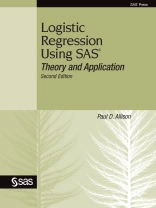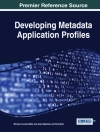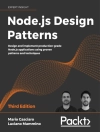If you are a researcher or student with experience in multiple linear regression and want to learn about logistic regression, Paul Allison’s Logistic Regression Using SAS: Theory and Application, Second Edition, is for you! Informal and nontechnical, this book both explains the theory behind logistic regression, and looks at all the practical details involved in its implementation using SAS. Several real-world examples are included in full detail. This book also explains the differences and similarities among the many generalizations of the logistic regression model. The following topics are covered: binary logistic regression, logit analysis of contingency tables, multinomial logit analysis, ordered logit analysis, discrete-choice analysis, and Poisson regression. Other highlights include discussions on how to use the GENMOD procedure to do loglinear analysis and GEE estimation for longitudinal binary data. Only basic knowledge of the SAS DATA step is assumed. The second edition describes many new features of PROC LOGISTIC, including conditional logistic regression, exact logistic regression, generalized logit models, ROC curves, the ODDSRATIO statement (for analyzing interactions), and the EFFECTPLOT statement (for graphing nonlinear effects). Also new is coverage of PROC SURVEYLOGISTIC (for complex samples), PROC GLIMMIX (for generalized linear mixed models), PROC QLIM (for selection models and heterogeneous logit models), and PROC MDC (for advanced discrete choice models).
This book is part of the SAS Press program.
عن المؤلف
Paul D. Allison is Professor of Sociology at the University of Pennsylvania and President of Statistical Horizons LLC. He is the author of Logistic Regression Using SAS: Theory and Application, Survival Analysis Using SAS: A Practical Guide, and Fixed Effects Regression Methods for Longitudinal Data Using SAS. Paul has also written numerous statistical papers and published extensively on the subject of scientists’ careers. He frequently teaches public short courses on the methods described in his books.
You can visit his website at www.statisticalhorizons.com.












